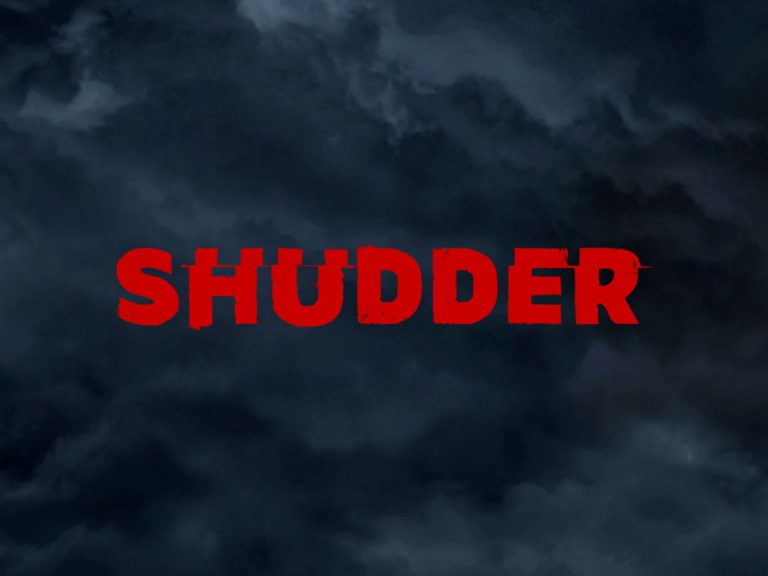
World’s Finest has been my favorite DC title, and that is mostly because of the core creative team’s quality work. This annual isn’t created by that same team, although Mora did draw the cover and Waid did collaborate with Cullen Bunn on the first story in this issue. Is World’s Finest still a book worth your time and money when different creators are behind it? Let’s have a look.

So, this annual is an anthology, featuring four stories by different creative teams. The first story is called “Imperiled,” with Waid and Bunn credited as co-writers. Edwin Galmon’s art looks expressive and cute and Loughridge’s colors are vibrant. The artwork is also really chaotic, with Bat-Mite and his hyperactive friends darting across the panels, striking poses, and even fighting among each other. Yet, as chaotic as it is, the simple panel layouts make the visual side of the story easy to follow. This cartoony type of art is very fitting for a story about Bat-Mite and his friends, even if it’s not exactly my cup of tea as I wouldn’t normally buy/read comics with this kind of art style.
However, I don’t think this is a good story. It’s literally a bunch of chibi versions of the JLA, messing around, having nonsensical and pointless conversations, and then chibi versions of certain villains appear to mess everything up even more. Neither the plot nor the characterizations are particularly interesting. It’s a lot of noise, and suddenly it just ends and it turns out that it’s nothing more than a quick teaser for the next story arc that starts in World’s Finest #25. This story didn’t do anything for me.
Score: 4/10

I wasn’t a huge fan of “Ties That Bind,” either, but I enjoyed it more than the first story. In this one, we follow Metamorpho after the events of “Elementary,” which was the third arc in the main World’s Finest series. The artwork by Travis Mercer is more like what you would expect from a superhero comic currently on stands, and it certainly gets the job done. Mercer’s art is kinetic, action-packed and even a little bit psychedelic, which makes for a fun read.
The writing, on the other hand, left something to be desired. While Dennis Culver manages to develop characters’ relationships, Metamorpho’s arc, and the plot to a point that it’s all functional in the story, it still feels like there’s barely any room for all of it to breathe. For example, the story looks at Metamorpho’s relationship with his dad, but we rush through every page, only to end up in a volcano where Metamorpho somehow actually encounters his dad, and before the story has the chance to actually go anywhere, it gets cut short, which isn’t very satisfying. It’s an okay adventure while it lasts, but at the end of the day it’s nothing to write home about.
Score: 6/10

I’m not blown away by “Sting Like A Bee,” either, but I do appreciate the simplicity of the story. It’s also Bumblebee’s origin, and it’s nice to see an origin that doesn’t involve some grimdark emo stuff, but just presents a straightforward adventure with some heart and humor and which can be read by kids as well. The story doesn’t really examine what it means to be(come) a superhero for Karen/Bumblebee, though, and so it doesn’t end up feeling like an actual superhero origin. I’m also not entirely sure what the story is trying to say exactly, because, again, there’s barely any room to develop any of the themes. Furthermore, my suspension of disbelief breaks down twice in this story. First Karen reconfigures a TV remote, turning it into a device that can manipulate keypads to open doors to secure factories, and then she’s able to craft some pretty impressive mechanical bee wings because she learned soldering from her aunt.
That said, it’s a wholesome story. Karen is a cute kid with a heart of gold, and I appreciate that she has a good relationship with her parents. Rosi Kämpe’s art looks a little rough around the edges at times, and some of the backgrounds are bland or nonexistent, but I do like the way the artist draws Karen, and the page and panel layouts make for an easy and comfortable reading experience.
Score: 6/10

And then I turn the page and…it’s Jorge Fornes! I hadn’t looked at who’s involved with the annual before reading, so I was pleasantly surprised to see one of my all-time favorite artists making an appearance in a book where I least expected to see him. “Time Check” easily has the best art in the entire issue: the character designs, panel layouts, backgrounds, and psychedelic action is meticulously crafted—it truly is quite the spectacle!
The writing is concise and the story tightly scripted, but some aspects of the story still feel unrefined. For example, I don’t feel like I learned anything interesting about the main characters (I also have never read a Challengers of the Unknown comic, so I have no deeper prior knowledge to draw from, either). I’m also not entirely sure what the main characters are trying to accomplish, other than making sure reality itself doesn’t break down. Because there’s no room to really develop these concepts in a such a limited amount of pages, I was a little confused. That said, Fornes’ art makes this absolutely worth it, and I enjoyed every second of this short, confusing, weird, psychedelic comic.
Score: 7/10
Recommended if…
- You’re a Batman/Superman: World’s Finest completionist.
- Jorge Fornes. Nuff said.
Overall: This annual is entirely skippable. The first story is a lot of nothing, even if the art is cute. The second and third stories barely have any room to develop their themes before they are out of pages. The last story has incredible artwork that makes it worthwhile, even if the story can be confusing because a lot is happening all at once. I wouldn’t recommend this annual to anyone but die-hard fans of Jorge Fornes or World’s Finest completionists. To everyone else, I simply recommend waiting for the next monthly issue of the main World’s Finest series.
Total Score: 6/10
Disclaimer: DC Comics provided Batman News with a copy of this comic for the purpose of this review.


